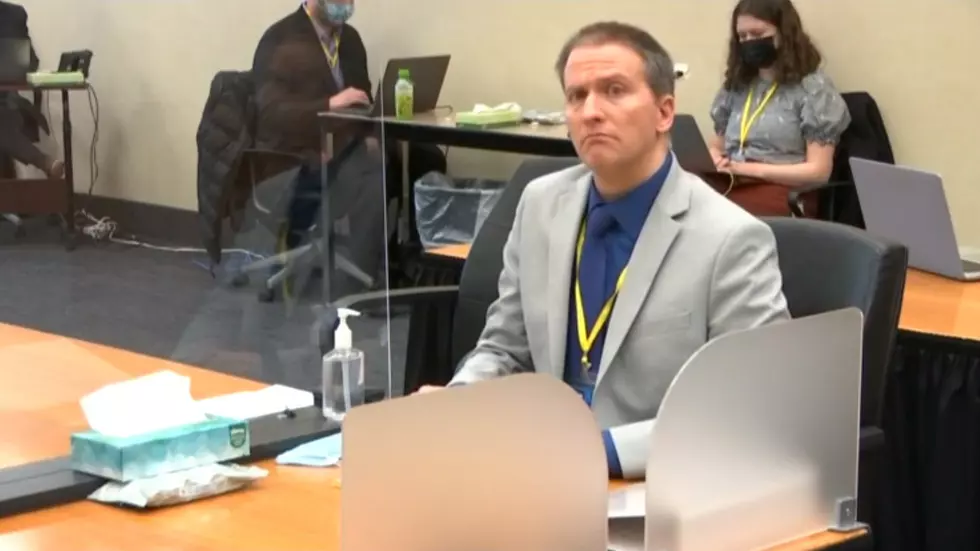
Cannon River Wilderness Park Buckthorn Removal Recommended
A group of University of Minnesota students addressed the Rice County Board of Commissioners today meeting as a Committee of the Whole. The group expressed their thoughts surrounding the growth of Buckthorn in Cannon River Wildnerness Park just north of Faribault.
The students issued a memo to the county board. Students listed included Ada Oldfather, Colin Robinson, Emma Kivell, Nicole Leggon, Paloma Cardoza and Teagan Oxley-Hase.
They explained the county needs to have a control program.
The Environmental Policy students pointed out Cannon River Wilderness Area is the largest county park in Rice County. Stretching 850 acres along the Cannon River.
The students stated the park holds, "An incredible amount of biodiversity. The park is a birding hotspot with bald ealge nests, sightings of rare songbirds, home to many white-tailed deer, beavers, otters, coyotes, weasels, foxes and raccoons. We must turn our attention towards protecting this area from invasive species that threaten this prized ecosystem."
The students explained, "Buckthorn is an exotic invasive species that drastically alters forest ecosystems by reducing soil nitrogen and outcompeting other native understory plants. Buckthorn has an incredibly high habitat tolerance, meaning it can survive in all types of climate, moisture and nutrient conditions."
The group recommended the County Commissioners allocate an annual budget for the removal of buckthorn to protect the Cannon River Wilderness Park ecosystem.
District 2 County Commissioner Galen Malecha of Northfield thanked the students and said as a member of the county parks committee they can be assured their recommendation will be taken to other parks in the county also.
If you enjoy animals you will enjoy these photos.
LOOK: Stunning animal photos from around the world
More From KQCL Power 96










